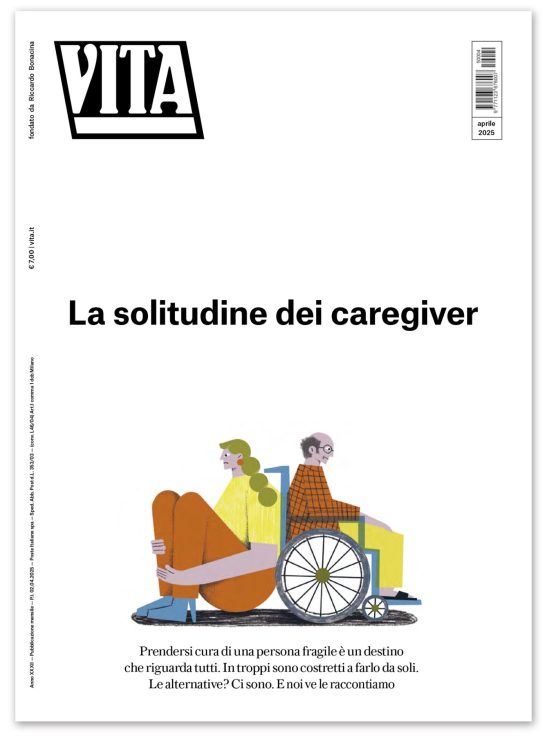The third sector in Hungary has faced a major blow by the global financial crisis, awakening a perhaps latent need to reidentify civil society’s role. It’s evolution has been marked by four defining moments.
Boom: After democratic transition in 1989, the Hungarian third sector was reborn and “has come to be regarded as a real success story amidst the turbulent course of the fundamental political, economic and social transformation processes from communism to democracy,” said Anna Mária Bartal, Associate Professor at Pazmany Peter Catholic University – Institute of Sociology (3).
Restructuring: By the late 1990s, foreign assistance began to fade and by the early 2000s foreign donors had almost completely vanished. Parellely, horizontal growth in the non profit sector slowed (but continues to this day) and the focus was turned to its restructuring.
EU Accession: There were very high expectations within the sector for EU accession in 2004. Unfortunately, many organizations proved to be “ill prepared for receiving [EU] support,” said Bartal, lacking the capital to pre-finance projects. EU funds tend to be channeled to different areas than those previously covered by foreign donors, leaving many smaller NGOs with nowhere to turn. “This is a big frustration in Hungary…EU accession has not solved the financial and professional difficulties of the NGO sector,” said Peter Nizak, Senior Manager at the Open Society Institute Budapest (2).
Crisis: More recently, Hungary has been severely affected by the global financial crisis and civil society has suffered a serious blow. Many organizations are near bankruptcy and are losing their sources of funding. It may be time for the third sector to once again reidentify its role: “When the borders opened up and after civil society built up, it had to learn to identify itself not only as a Hungarian actor, but also as a European actor and now as a global actor…Twenty years ago we had a transition, quite deep, and it seems now after twenty years another transition is on our neck. We need to deal with climate change and a financial crisis and find out how to set up more sustainable financial mechanisms,” said Barbara Eros, Project Manager at the Foundation for Development of Democratic Rights, Budapest (1).
Defining the sector
In Hungary, the terms civil, non profit and non governmental organizations have different meanings. This leads to differing definitions and visions of the third sector as a whole.
The term civil organization is used to refer to those organizations that have been established by the engagement of citizens. They may be registered (i.e. associations, foundations) or non-registered (i.e. self-help groups, communities).
The term NGO in Hungary refers to large international organizations, which stand out in their independence from state, government and politics (i.e. UN agencies, Save the Children etc.). For this reason, the term NGO is often avoided and few organizations define themselves as such.
The most commonly used term to refer to the third sector is non profit organization, which has the following characteristics:
– Private, non-governmental
– Not for profit
– Institutionalized (legally registered)
– Self-government
– Work on a voluntary basis (financed by donations) (3)
Structure
The Hungarian 3rd sector is made up of four categories of legally recognized non profit organizations, including the two traditional civil law forms of NGOs – associations and foundations – as well as two additional forms – non profit corporations and public chambers. Any of these can also register as Public Benefit Organizations.
Association: a self-governed, voluntarily established organization with members, formed for a purpose defined in a charter and acting to achieve an aim.
Foundation: must be established for long-term public interest purposes, must have sufficient assets to achieve their purposes and are administered by boards.
Non profit Corporation (a new category as of 2009): the non profit distributing version of an otherwise for profit company form, which may conduct ancillary economic activities, but its profits may not be distributed among its members.
Public Chamber (Public Body): self-governed organization with a registered membership, established by an act of Parliament and working to fulfill a public task.
Public Benefit Organization (PBO): any organization registered as one of the 4 legal forms, with a few exceptions, can register as a PBO in order to receive a series of tax incentives
The legal definition of the civil sector in Hungary is quite broad and the four categories above encompass an array of organizations, including social cooperatives, sport associations, sport enterprises, sport unions, political parties, unions, cooperative unions, party foundations, public foundations, public associations etc. In recent years, perhaps taking advantage of this, a number of radical “civil society groups” have been formed (see good vs. bad civil society).
Size and income
The sector is dominated by voluntary associations and private foundations, together making up for almost 90% of the active organizations. Associations alone account for 53% and private foundations for 35%. Advocacy organizations, interest groups, public law foundations, public law associations, public benefit companies and social enterprises make up for the rest (5).
The sector’s significance in terms of size and economic weight is striking: according to the latest data from the Hungarian Central Statistical Office (HCSO), there are 64,925 non profit organizations in Hungary, with a total income of over 4 billion Euros, making up for about 4% of the country’s GDP (4).
Sources of income: behind the numbers
Over 40% of the non profit sector’s income comes directly from the government, nearly 1% from national programs, 2.7% from individuals, 4.5% from companies and 26.5% earned from sales of goods and services (5).
Since 2004 the majority of the 3rd sector has become increasingly dependent on the government: in 2008 44% of the non profit sector’s revenue came directly from the government (4). And this state funding is very concentrated, with very little going to service activities, but instead to state run projects. In 2006 “’classic’ NGOs (associations, foundations) received only 35% of state funding, while 60% went to public foundations and GONGOS [public benefit companies founded by state and local governments)” (11).
Indeed, despite the third sector’s significant size and economic importance, as Peter Nizak pointed out, “if we look behind the numbers, the picture is more complex” (2).
To begin with, the Hungarian third sector is deeply divided. Anna Mária Bartal identifies three distinct segments: “the group of relatively ‘poor’ civil organizations, the group of ‘rich’ non profits which are closely connected with the state and are heavily dependent on state support and the group of non profit orgnaisations that are financed by voluntary contributions, businesses and local governments…The main problem is that there exist only very weak linkages between these segments” (3).
The sector’s impressive income is very unevenly distributed with 80% going to only 4% of NGOs (mainly public utility companies and public foundations) (13). Additionally, almost half of NGOs (mainly private foundations and associations) register a yearly income of less than 2,000 Euros (4). As a result, the employment level of the third sector remains surprisingly low, with only 16% of non profit organizations able to afford employing paid staff (10).
Because of these deep inequalities, not all statistics are reflective of the whole sector. “There are ways to talk separately about the whole NGO sector and the civil sector…[the overall statistics] include organizations, which are not so-called civil, but are [instead] non profits like institutions and companies,” said Nizak (2).
Main activities
Looking at the activity structure of the sector, the largest group of organizations works in the field of sports, recreation and hobby (about 28%). The rest of the sector can be divided into the following fields of activity: arts and culture (i.e. preserving cultural heritage, supporting alternative art and theatres), health and social care (i.e. for the elderly, disabled, alcoholics), education (i.e. running primary and secondary schools) and local and economic development (i.e. unemployment, security). Within this last field, environmentalist organizations have recently been gaining popularity. The smallest group of the non profit sector is that of advocacy and human rights – protection of human rights is particularly underdeveloped and there are very few initiatives representing marginal groups (10, 3).
Hungary’s civil sector has traditionally played an important role in promoting democracy and has progressively taken on a more and more important role in service provision, which now amounts to two-thirds of non profit organizations’ overall income (11). According to Peter Nizak, however, the sector is weak in terms of “real civil functions” such as advocacy and watch-dog efforts (2).
Vuoi accedere all'archivio di VITA?
Con un abbonamento annuale potrai sfogliare più di 50 numeri del nostro magazine, da gennaio 2020 ad oggi: ogni numero una storia sempre attuale. Oltre a tutti i contenuti extra come le newsletter tematiche, i podcast, le infografiche e gli approfondimenti.

